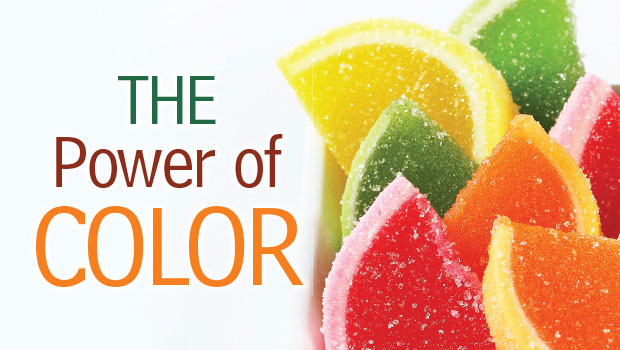The Power of Color
Discover how to use color in product development to increase a food or beverages appeal to consumers, while also ensuring the consistency of the color from processing through shelf life.
April 16, 2014

Issue Summary
How food looks may be a major deciding factor whether or not a consumer will try the product. In order to increase the visual appeal, food and beverage designers use color additives to enhance their products. But consumers are also becoming more interested in the ingredients that make up these foods and beverages forcing manufacturers to look at alternative, natural options of colorants. This Digital Pulse Issue delves into how products with color are created and kept consistent from the processing to the time it lands on the shelf.
Table of Contents
Maximizing Color Stability: Each colorant is chemically unique and the result can be affected by time, temperature, light, pH and a frequently overlooked ingredientwater. These are critical factors in both processing and storage of foods and beverages.
Carotenoids for Color: Carotenoids are the yellow, orange and red pigments synthesized by plants that can be used to add color to various foods and beverages. In addition, some carotenoids offer health benefits that resonate well within the growing health-conscious population.
The Color of Candy: The confectionery industry relies on color. Consumers expect the color to go hand in hand with the flavorfor example, lemon with yellow and grape with purple. And more frequently than ever, manufacturers are removing artificial colors in candies and replacing them with natural sources.
Takeaways for Your Business
Understanding how natural colors function with other ingredients
Confectionery color trends and inspirations
Natural options for color additives
You May Also Like




.png?width=800&auto=webp&quality=80&disable=upscale)